This post is part 1 of 2 posts regarding the Abruzzo’s Teramo Province. It concentrates on a few towns that are either directly on the Adriatic Sea coast of Abruzzo, or within view of the coast.
Abruzzo is a central-south region of Italy, shown in red on the small map of Italy below. Along with Lazio to the west (you know, the region where you’ll find Rome), it completes a wobbly band around the middle of Italy.

Various Italic tribes lived in the area until the 3rd Century BC when Rome’s rule began. The Teramo province borders the Ascoli Piceno province of Le Marche region to the north, and the L’Aquila province of Abruzzo to the south-west.
The hill towns of Teramo retain many of the medieval era walls, castles, buildings or fortresses, some of which are built on older Roman and pre-Roman sites.
With the introduction of a coastal railway line in the mid 1800s, towns sprung up near the train stations and many of the hill towns lost their importance. However, these towns still retain an authentic old character and charm and are perfect for wandering around for a morning or afternoon when everyone is home for ‘la pausa’. Think winding staircases and streets so narrow a little Fiat cinquecento would have to fold its mirrors in to pass through.
Throughout the year, cultural and enogastronomic events take place in both the hills and on the coast. This is authentic, untouched Italy.
Montepagano
Our grandfather was born in 1895 in Rosburgo, and his birth registered in Montepagano, the medieval walled settlement dating to the 11th century AD. Until 1927 the central government administration (the Comune) for the area was in Montepagano. Now the Comune is in Roseto degli Abruzzi and Montepagano is the smaller village or ‘frazione di Roseto’.
Some highlights of the cultural calendar are wine festivals celebrating the local wines from the Colline Teramane (Teramo Hills), a festival of unpublished poetry and a festival celebrating ‘Tradizione Paganese’ (the people of Montepagano are referred to as ‘Paganese’) or ancient recipes and flavours from the medieval borgo.
One of my favourite museums in Abruzzo is in Montepagano; the Museo Civica della Culture Materiale. This Museum of Material Culture is an incredible resource of historic documents, photos and objects of daily life in this medieval village. Run by volunteers and with all items donated, it is fascinating for those with family heritage in the area, or for any lover of social anthropology.


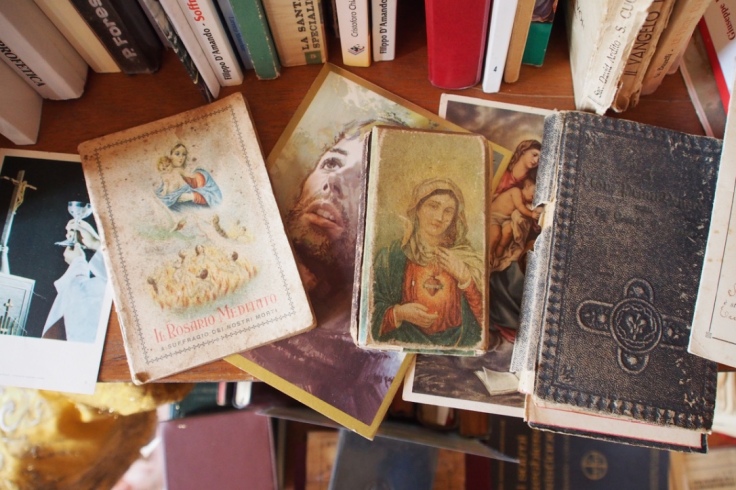



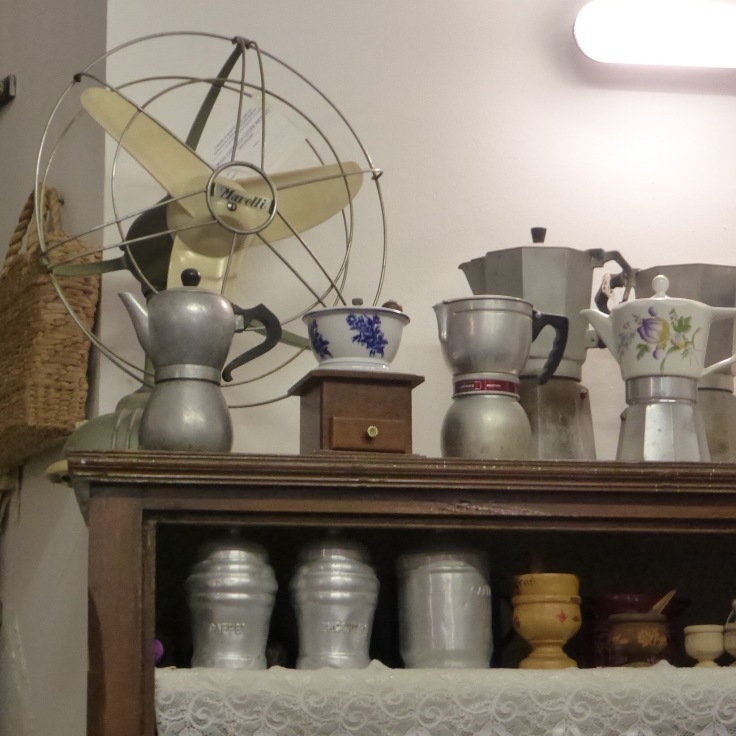

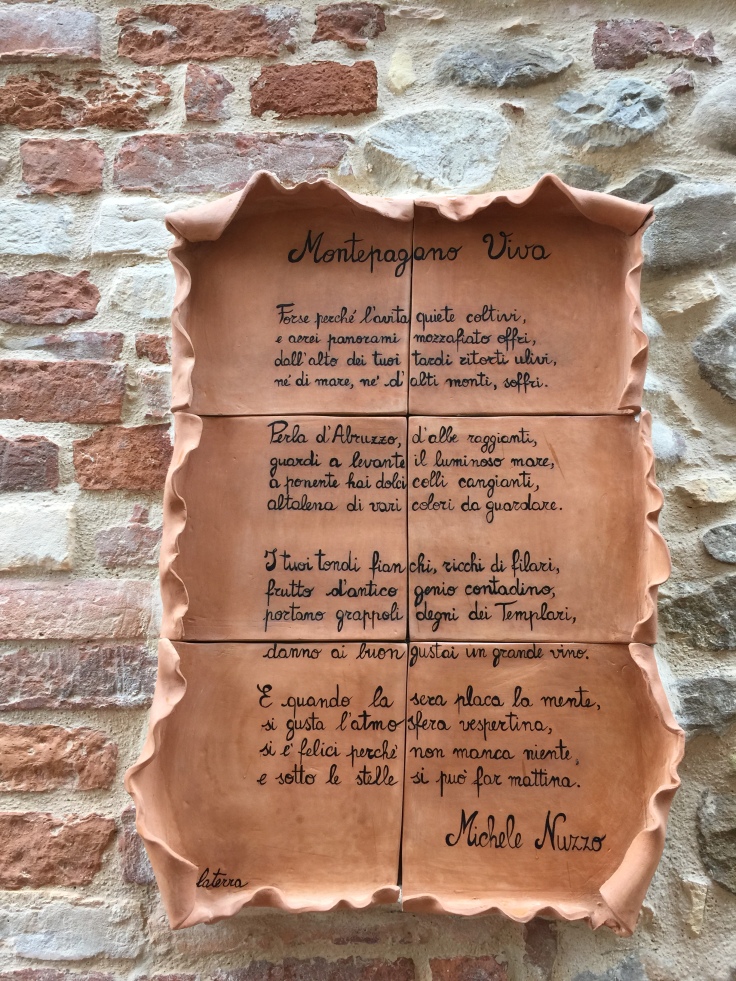
Pineto
The pine forest that goes right to the water’s edge gives Pineto its name. This is a special place for beach walks and bike rides in the quiet pine forest, Casual eateries where you sit barefoot with your toes in the sand are found on the edge of the pines.
The pines here were planted between the sea and the railway line by the 19th Century farmer and landowner, Signor Luigi Filani. They give the whole town and beach area a serenity not found at some of the more boisterous summer playgrounds along this northern part of Abruzzo’s Adriatic coast.
Only a short distance from where I usually stay in Roseto (read below), this is a favourite bicycle ride of mine. You can ride to the Torre (tower) del Cerrano and back to Roseto in an easy half day. The tower was built in the 16th century as a watchtower to guard against invaders approaching via the Adriatic. There is no visible town to protect on the coast as the population and civic centres were up on the hills in the ancient towns of Mutignano and Atri.
Today, the tower houses a Museum of the Sea and is in the middle of a protected marine reserve area that runs seven kilometres along the Adriatic coast from Pineto to Silvi.



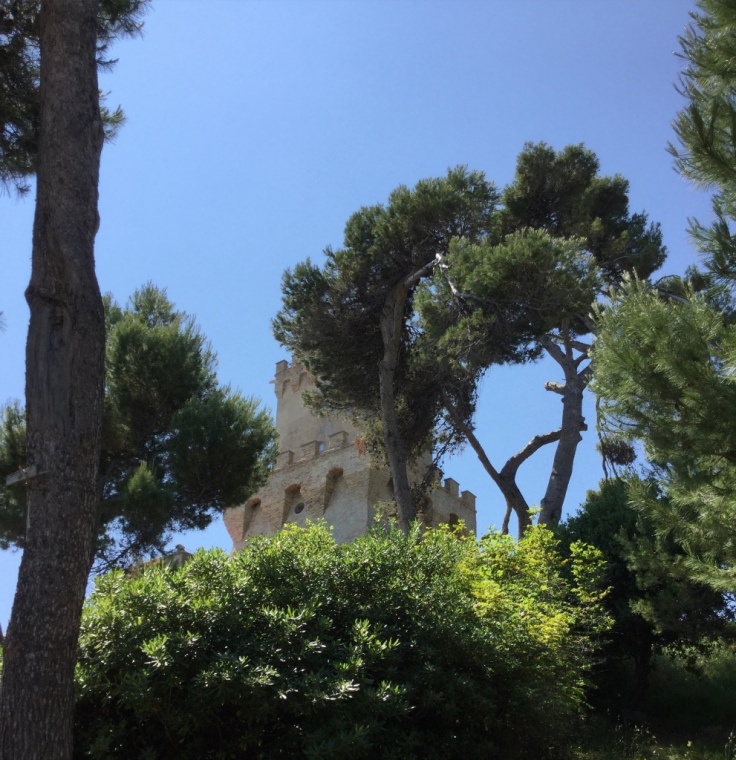
Roseto degli Abruzzi
No trip to Abruzzo is complete without a visit to my few remaining cugini in Roseto degli Abruzzi.
In the 1860s a small collection of houses appeared near the coast and this area was called Le Quote. Eventually the new Adriatic railway, connecting Ancona (Le Marche) with Bari (Puglia) brought more people to what became known as Rosburgo. Following WWI the soldiers being transported up and down the line objected to the Germanic-sounding Rosburgo and the town officially became Roseto degli Abruzzi, known by most simply as Roseto.
The cultivated pines of Pineto are more famous, however I remember my grandfather talking about the scent of the pines in Roseto where they grow naturally, right on the lungomare (along the sea). Walking through the little shady parks of pine trees never fails to bring a smile to my face as I recall my grandfather.
Roseto has a population of about 25,000 people, which swells in summer as Italians and other European visitors — mainly German and Dutch as well as the returning families of emigres (like myself) — come to enjoy the clean water and safe, flat swimming beaches.

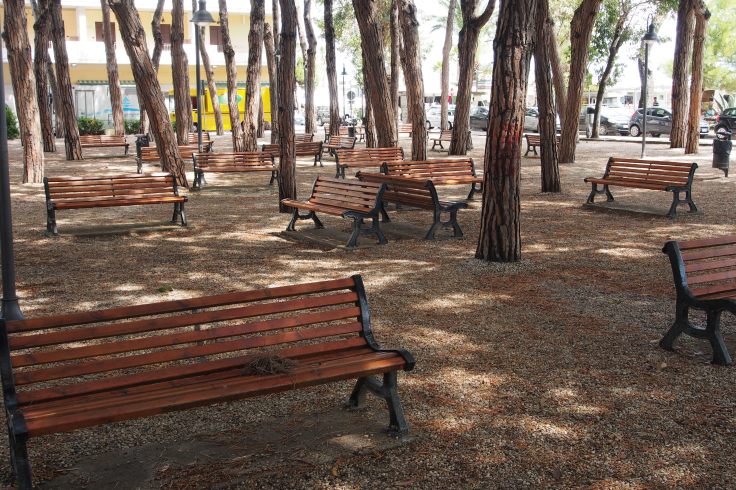


Giulianova
Ten Kilometres north of Roseto is the town of Giulianova which is comprised of the old town on the hill, Giulianova Paese, and the modern beach resort and town called simply Giulianova or Giulianova Lido. Giulianova stretches out along the railway line that follows the coast, and is a holiday destination in summer, much like Roseto. Both the old town and the Lido are known for many seafood, pasta and pizza restaurants. Having visited the beach town in the past, eventually, in 2017 we ventured up the hill to Giulianova Paese and enjoyed the splendid view from the ‘Belvedere’ and a delicious lunch. The duomo and the old buildings in the town are worth a few hours look.

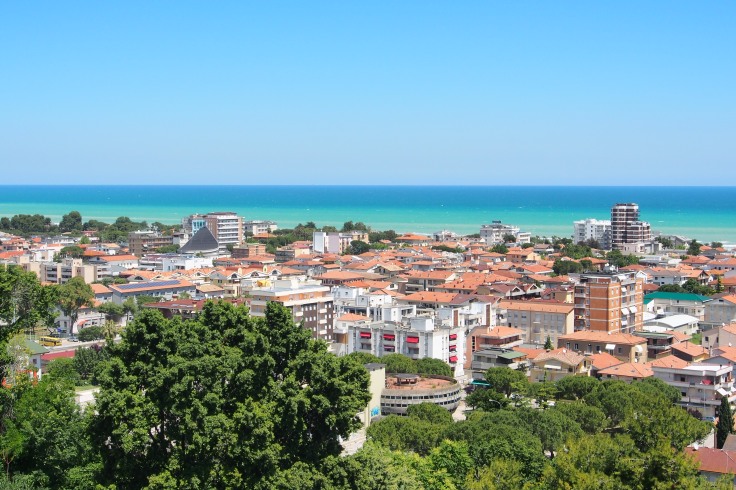

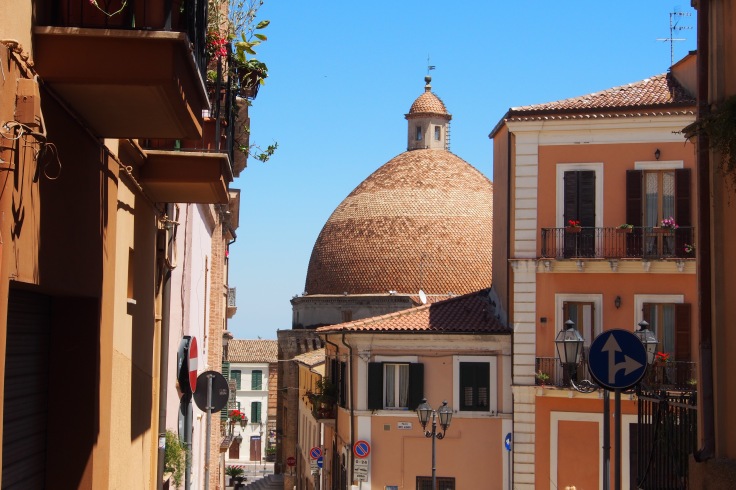

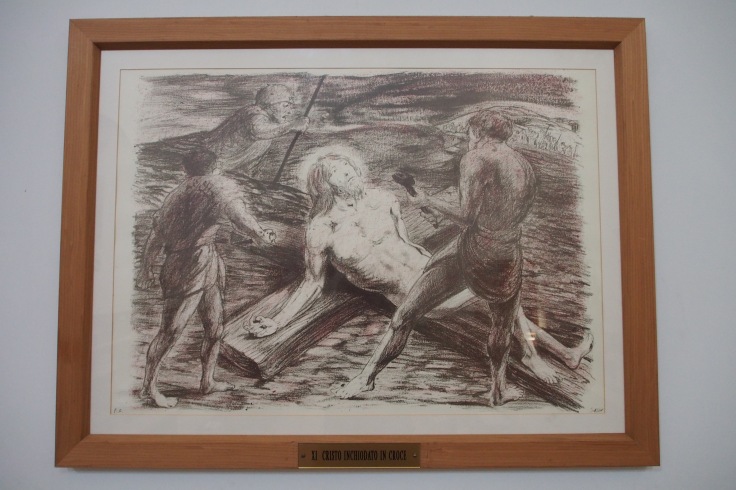


Atri
Considered by many to be the finest small city in the Teramo Province, Atri has charming streets, important buildings and a very special setting on a hill that overlooks the Adriatic Sea. The town, like so many in the province, is at the top of a hill in a defensive position.
In the countryside to the west of the town is a nature reserve known as the Calanchi d’Atri. Guided walks and independent itineraries are available for those wishing to explore this area of natural beauty caused by years of erosion. The Calanchi support a diverse range of animal and plant life and the 380 hectare reserve is managed by the WWF (World Wildlife Fund).
Atri dates back to pre-Roman times and was already important prior to Roman habitation. During the 12th-century Atri came under the control of the Acquaviva family, a fate that would ensure its standing as a city of art and culture.

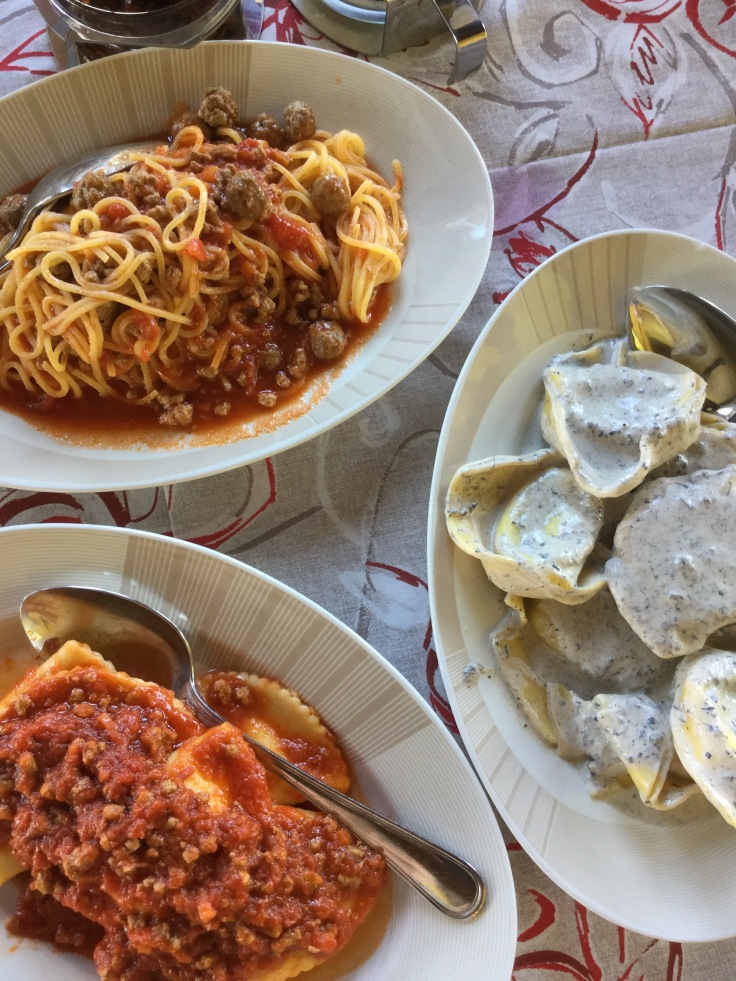


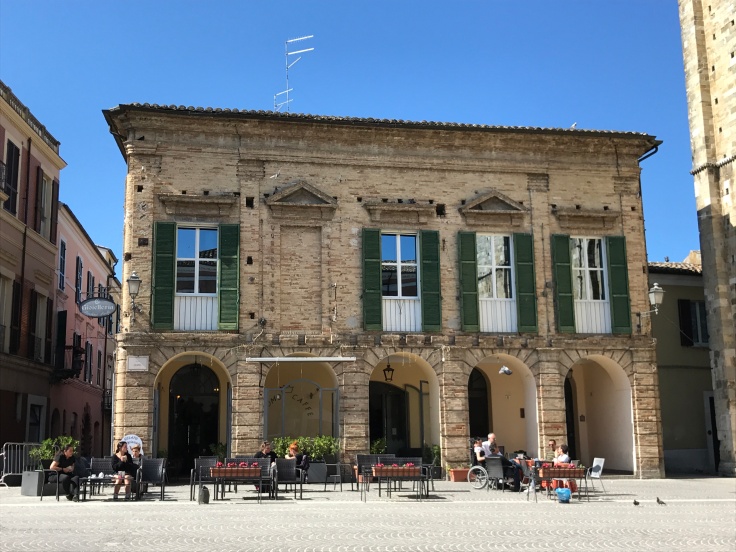

Atri’s 13th century Cathedral di Santa Maria Assunta is built on the remains of an 11th century structure. It incorporates a 56-metre high bell tower (campanile) and a cloister. Parts of the complex are closed because of past earthquake damage, however, the glory of the cathedral is a fresco cycle by the 15th-century Abruzzi painter Andrea de Litio (or Delitio) depicting the life of Jesus. The crypt was originally a large Roman cistern. Some sections of clear glass flooring allow you to see fish motifs in mosaic can be seen. This is a delightful cathedral.
-

Inside the vaulted area of the Cathedral of Santa Maria Assunta are frescoes by Andrea De Litio. 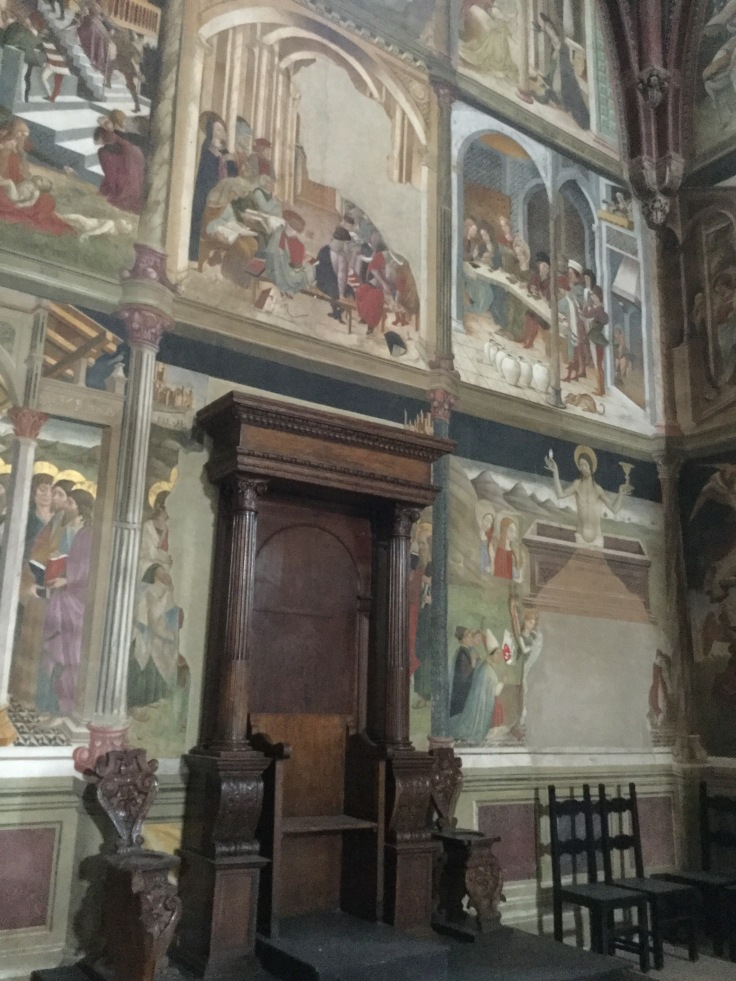
More frescoes by Andrea De Litio 
More frescoes by Andrea De Litio. 
Built on a Roman cistern, fragments of black tesselated mosaic tiles can be seen through sections of clear glass flooring.
Summary
Basing yourself in any of the towns covered here, you can easily day-trip up and down the coast and nearby hills. In fact, you can go much further inland and discover some of the beautiful villages in the foothills of the Appenines. But I’ll leave that for Part 2…

Louis Tucker! Your high school friend Martha Smuszkiewicz Peck here! I can’t tell you how much I loved reading your post!! My dream would be to someday meet you in Italy, and travel to some places together! I just admire you so much, speaking italiano, researching and sharing your family history. Moltissimo bene!! Hugs, Marti
Ciao Marti. Sono contento che tu abbia letto e apprezzato il mio post. Mi piace scrivere, viaggiare e l’italia, quindi non è difficile. Let’s meet some day in Italy, for sure. I plan to go every year for the foreseeable future…
Great post sorella, can’t wait to see you again in Roseto one day soon! Baci.
Indeed Ann. Non vedo l’ora di tornare. Un abbraccio forte.
Wow! What an informative post and now I want to visit if just to have the gnocchi with walnuts and blue cheese sauce!!
It’s worth the trip. The rosé was nice too.